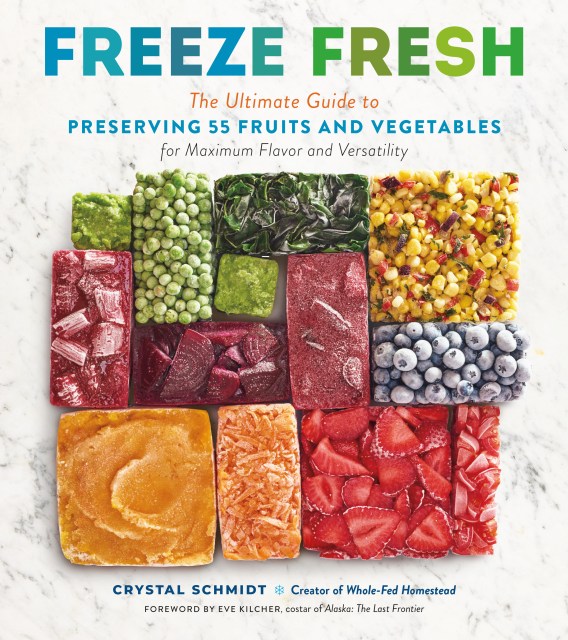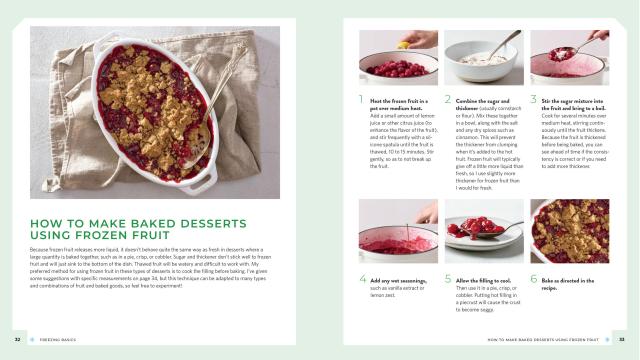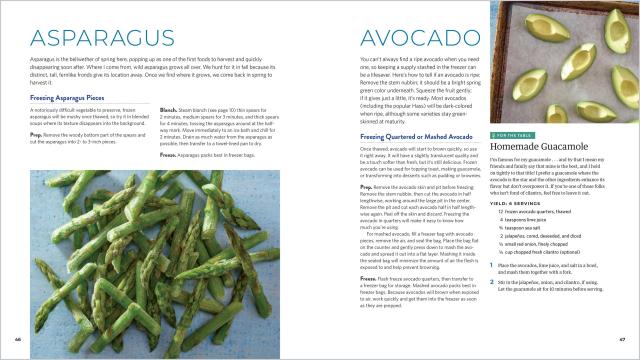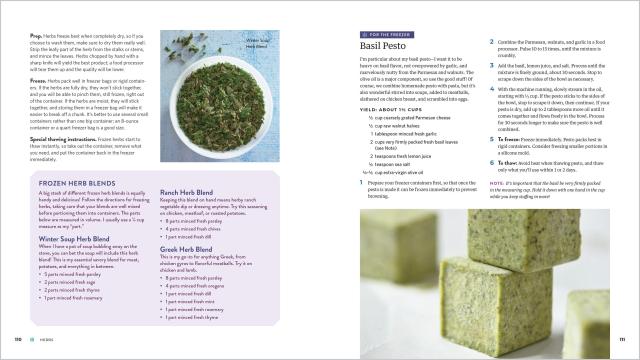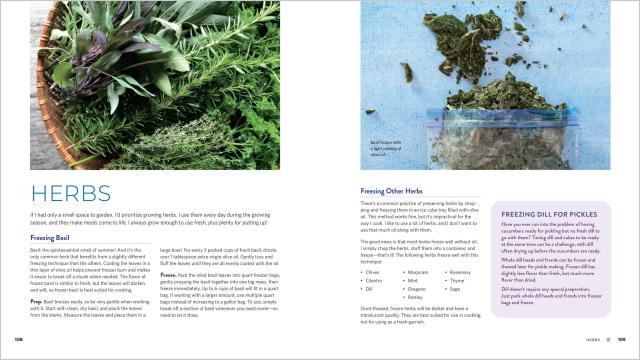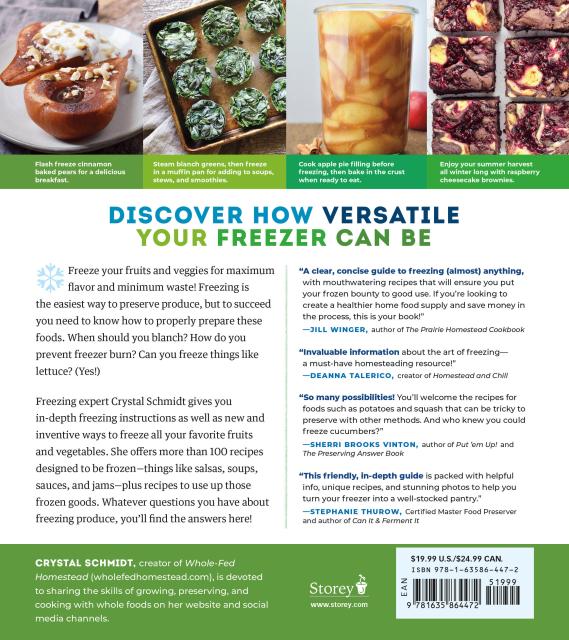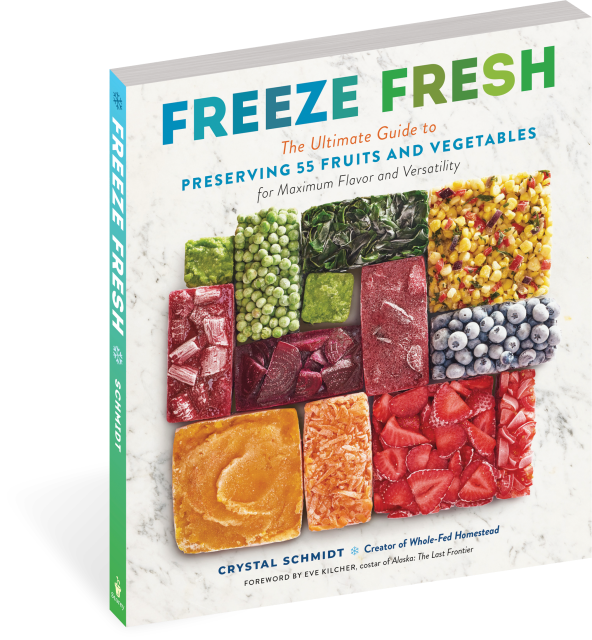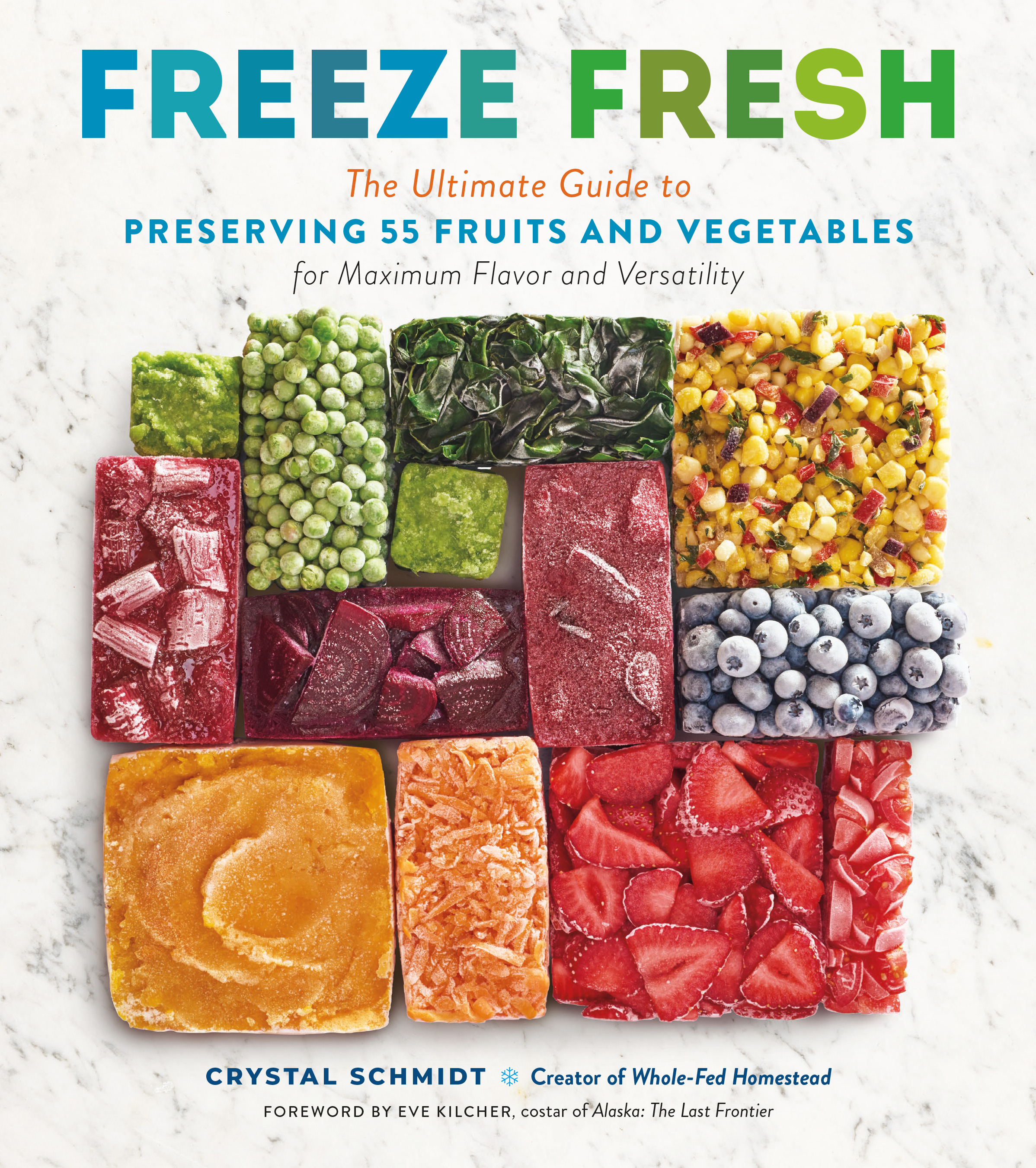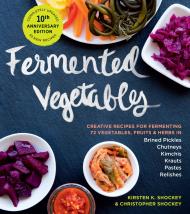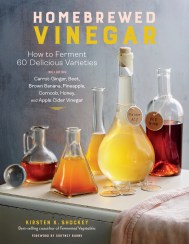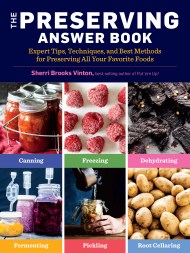Promotion
Use code FALL24 for 20% off sitewide!
Freeze Fresh
The Ultimate Guide to Preserving 55 Fruits and Vegetables for Maximum Flavor and Versatility
Contributors
Foreword by Eve Kilcher
Formats and Prices
Price
$19.99Price
$24.99 CADFormat
Format:
- Trade Paperback $19.99 $24.99 CAD
- ebook $11.99 $15.99 CAD
This item is a preorder. Your payment method will be charged immediately, and the product is expected to ship on or around July 5, 2022. This date is subject to change due to shipping delays beyond our control.
Also available from:
-
“A clear, concise guide to freezing (almost) anything with mouthwatering recipes that will ensure you put your frozen bounty to good use. If you’re looking to create a healthier home food supply and save money in the process, this is your book!”
—Jill Winger, author of The Prairie Homestead Cookbook
“Invaluable information about the art of freezing— a must-have homesteading resource!”
—Deanna Talerico, creator of Homestead and Chill
“So many possibilities! You’ll welcome the recipes for foods such as potatoes and squash that can be tricky to preserve with other methods. And who knew you could freeze cucumbers?”
—Sherri Brooks Vinton, author of Put ’em Up! and The Preserving Answer Book
“This friendly, in-depth guide is packed with helpful info, unique recipes, and stunning photos to help you turn your freezer into a well-stocked pantry.”
—Stephanie Thurow, Certified Master Food Preserver and author of Can It Ferment It
- On Sale
- Jul 5, 2022
- Page Count
- 208 pages
- Publisher
- Storey
- ISBN-13
- 9781635864472
Newsletter Signup
By clicking ‘Sign Up,’ I acknowledge that I have read and agree to Hachette Book Group’s Privacy Policy and Terms of Use
